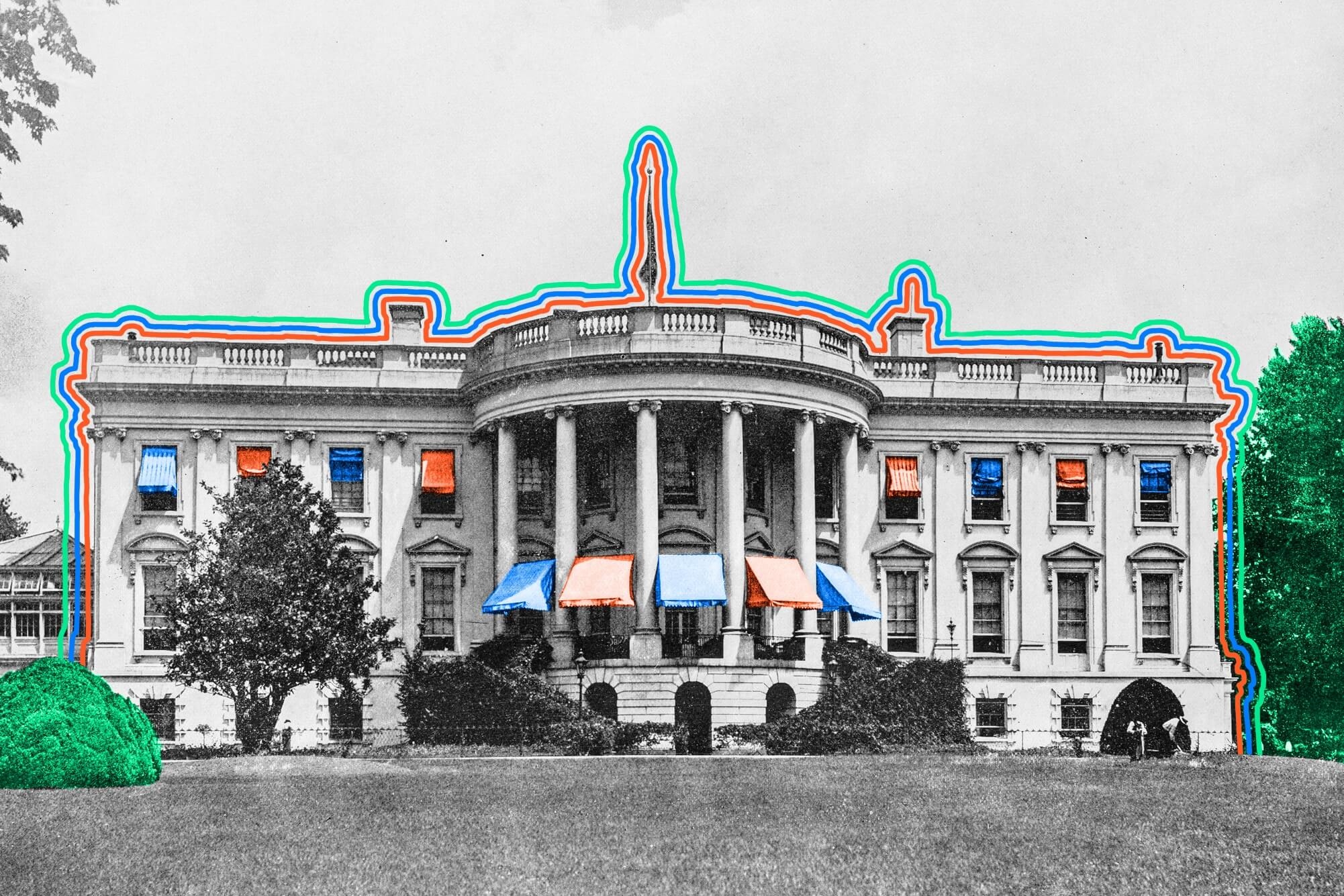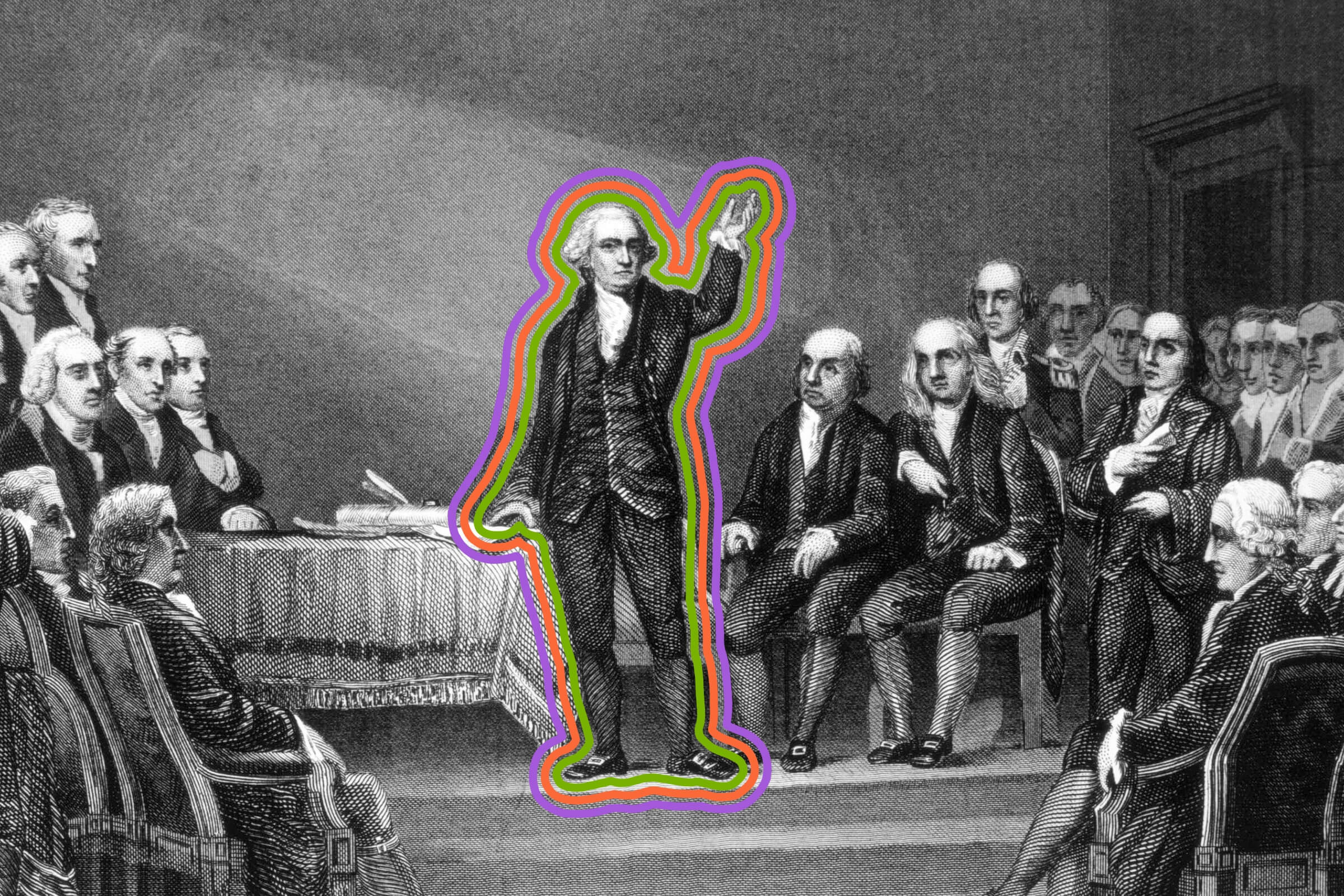
Four U.S. Presidents never had a Vice President.
For about 37 years of its history, the U.S. has been without a second-in-command. Before the passage of the 25th Amendment in 1967, there was no procedure for filling the role if a commander in chief died in office. Instead, there just wasn’t a VP if that happened — at least not until the next presidential election. Thanks to this legislative quirk, John Tyler, Millard Fillmore, Andrew Johnson, and Chester Arthur (all VPs under a President who died in office) served their entire presidential terms without a Vice President.
Other Presidents have gone without VPs for at least part of their terms, whether through resignation (two) or because their veeps died in office (seven). The first VP vacancy occurred in 1812, when George Clinton, President James Madison’s running mate, died in office. Strangely, Madison’s VP pick for his second term also died in office, after serving only about 20 months. The last executive shuffle occurred during the Nixon administration in 1973–74, when Spiro Agnew and Richard Nixon both resigned (Agnew about nine months before Nixon, amid tax evasion and corruption charges). Nixon nominated Gerald Ford to replace Agnew, and after Nixon himself resigned in August 1974 following the Watergate scandal, Ford became the first and only President never elected by the U.S. people. Ford left the vice presidency vacant for several months until Nelson Rockefeller finally filled the position on December 19, 1974. Since then, the U.S. has never been without a veep.
We’re used to seeing a presidential ticket featuring one person aiming for the top job and their running mate, but for the first three U.S. administrations, that wasn’t how things worked. In the beginning, the vice presidency was given to the candidate who came in second in the presidential election. During the nation’s first election, in 1789, electors (members of the Electoral College) voted for two people to be President. General George Washington received 69 votes, but fellow founding father John Adams received 34, enough to secure the second-place spot and, in turn, the vice presidency. But pretty quickly — and especially as U.S. political parties began to form — this system displayed a fatal flaw: It forced men who had been bitter rivals to work right next to each other. In 1796, Thomas Jefferson became Adams’ Vice President after tallying the second-most votes, but the two were from opposing parties (with Adams a Federalist and Jefferson a Democratic-Republican). By 1803, Congress had become convinced that the vice presidency needed a tweak, which came in the form of the 12th Amendment — a change that allowed electors to cast a separate vote for President and Vice President, which ensured that both leaders came from the same party.

